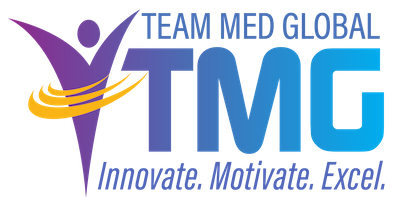 Dyad leadership is an emerging trend that promises to enhance the efficacy and efficiency of healthcare delivery. This innovative model sees a physician leader join forces with an administrative leader to oversee a specific service line. Understanding this trend is vital for Medical Services Professionals.
Dyad leadership is an emerging trend that promises to enhance the efficacy and efficiency of healthcare delivery. This innovative model sees a physician leader join forces with an administrative leader to oversee a specific service line. Understanding this trend is vital for Medical Services Professionals.
What is Dyad Leadership?
At its core, dyad leadership is a collaborative partnership between two leaders, typically a clinician and an administrator. Together, they bring their unique skills, perspectives, and experiences to steer a service line toward achieving its goals. The physician contributes deep clinical knowledge, while the administrator brings insights into operational, financial, and strategic aspects of the service line. Their collaborative synergy ensures that the service line remains both clinically excellent and operationally efficient.
Why is Dyad Leadership Important?
Holistic Decision Making: When both clinical and administrative viewpoints are considered, decisions are more comprehensive. This holistic approach ensures that policies and processes are both medically sound and practically implementable.
Enhanced Communication: Having leaders from both domains promotes better communication between clinical and administrative teams. This reduces misunderstandings and fosters a more cohesive working environment.
Optimized Resource Allocation: By leveraging the strengths and knowledge of both leaders, resources can be more effectively allocated, ensuring both clinical excellence and cost-effectiveness.
Adaptive Problem Solving: The dyad model enables quicker adaptation to challenges. With both leaders in sync, they can identify issues from their respective domains and collaboratively devise solutions.
Why is this Trend Emerging Now?
The healthcare industry is undergoing rapid changes, influenced by technological advances, shifting patient expectations, and regulatory complexities. In this turbulent environment, the old models of leadership, which often segregated clinical and administrative functions, are proving inadequate. A few reasons underscore the rise of dyad leadership now:
Complex Healthcare Ecosystem: The modern healthcare landscape is multifaceted. It’s not just about delivering care but ensuring that the care is of the highest quality, patient-centered, and cost-effective. Addressing these multifarious challenges requires leaders who can bridge the divide between medicine and management.
Patient-Centric Care: The move towards value-based care, where outcomes are prioritized over volume, demands an approach that balances clinical insight with operational efficiency. Dyad leadership embodies this balance.
Regulatory Scrutiny: With regulations becoming more intricate, there’s a need for leadership that understands both clinical requirements and the implications of administrative non-compliance. MSPs play a pivotal role here, ensuring that credentialing, enrollment, compliance, and governance align with the vision set by the dyad leaders.
Technological Disruption: As technology reshapes healthcare delivery, it’s essential for leaders to understand both the clinical benefits and the administrative implementation of these tools.
What are the Implications for MSPs?
For MSPs, this trend signals a few key implications:
Enhanced Collaboration: MSPs will find themselves working closely with dyad leaders, ensuring that the credentialing and enrollment processes support the service line’s objectives.
Continuous Learning: As dyad leadership evolves, MSPs will need to stay updated with its nuances, adapting their processes accordingly.
Strategic Involvement: With the blurring of clinical and administrative lines, MSPs might find themselves more involved in strategy discussions, providing valuable insights from the medical staff services perspective.
In conclusion, dyad leadership offers a refreshing and much-needed approach. As the boundaries between clinical and administrative realms become more porous, this leadership model ensures that healthcare organizations can navigate the complexities with dexterity. For MSPs, this signifies an era of closer collaboration and strategic involvement, further cementing their role as vital pillars in the healthcare ecosystem.
